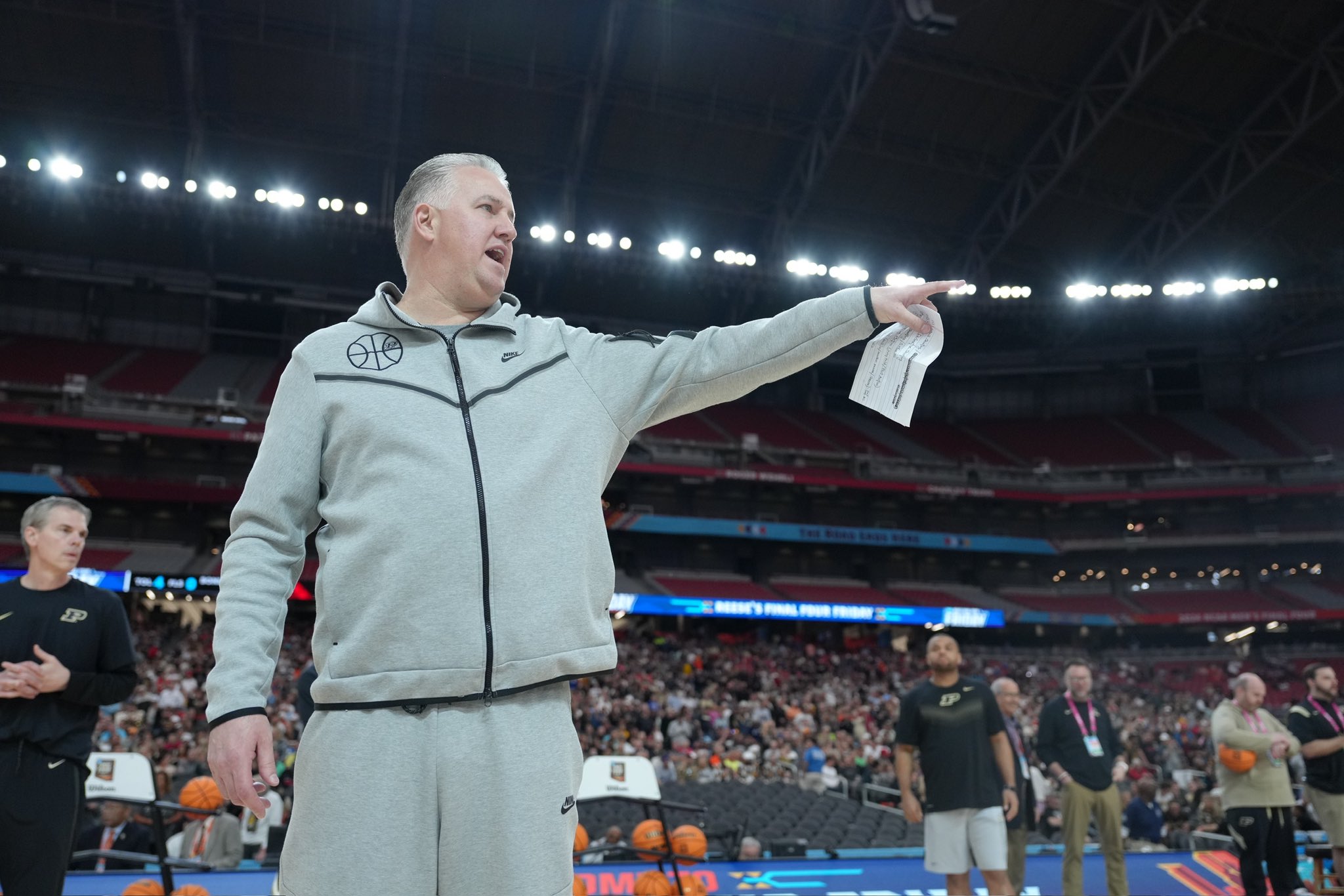
By SAM LANCE
GLENDALE, Ariz. — The college basketball landscape has changed substantially over the past few years with the opening up of the transfer portal and giving players the ability to make money with name, image and likeness. The flood gates have been opened to player compensation, and with that, there have been many questions surrounding what exactly is allowed and what isn’t.
And honestly, it appears that not everyone is on the same page. Take the joint University of Tennessee, University of Virginia lawsuit for example, where a federal judge issued a temporary ruling preventing the NCAA from enforcing rules that restrict recruits from signing deals with booster groups.
Via the NCAA website, the following activities are permitted via NIL: autographs and memorabilia, camps and clinics, personal appearances, merchandise, affiliate/ambassador roles, NFTs, blogging, podcasting, public speaking, music and art.
Still, there are questions surrounding the process and the role of collectives, which pool together booster and supporter funds to give money back to the athletes.
“I just think they have to have a clear definition of what name, image and likeness is,” Purdue coach Matt Painter said. “On some fronts that’s occurring, other fronts it’s an auction in the spring. Make sense?”
An example of this has come up recently. Per a report by Chas Wolfe, Wisconsin transfer guard AJ Storr requested $1 million to play for Bill Self at the University of Kansas.
This has the appearances of what is called “pay for play,” which is not permitted by the NCAA. “We have to get some parameters around what we’re actually doing and what’s actually going on and not try to just do something so we can stay out of the courts,” Painter said. “That’s all things are happening because for a long time, what’s the product. The product is the player. They’re viewed as amateurs, but they weren’t amateurs. There’s a lot of money generated through what they’re doing. Name, image and likeness needed to happen. We just got to get some guardrails around it to be able to get there.” Follow Sam Lance on Twitter Follow Adam Zagoria on Twitter Follow ZAGSBLOGHoops on Instagram And Like ZAGS on FacebookTransfer Portal / NIL Marketplace:
— Chas. Wolfe (@highmajorscoop) April 2, 2024
Per a close source, AJ Storr asked Kansas for $1,000,000. The Jayhawks countered with $750,000 take it or leave it offer.
Storr left it.





